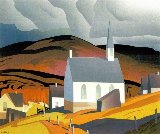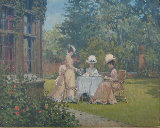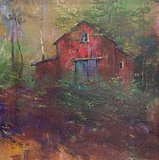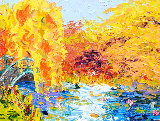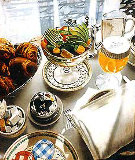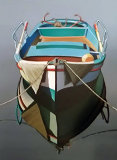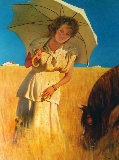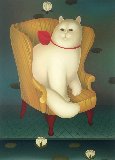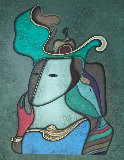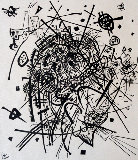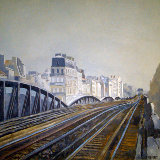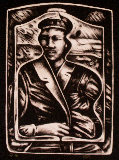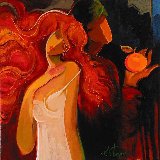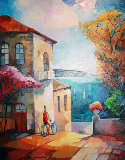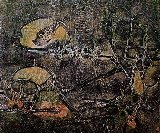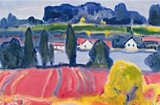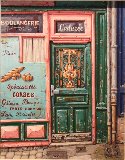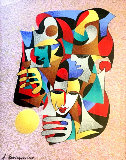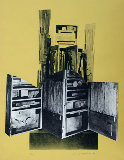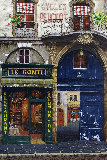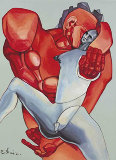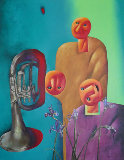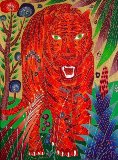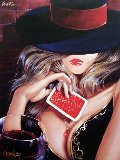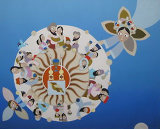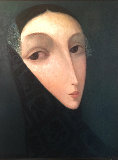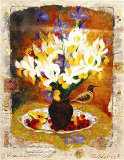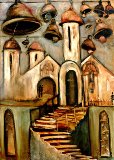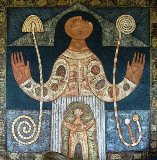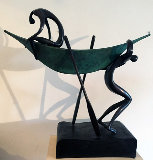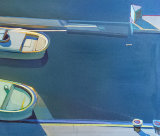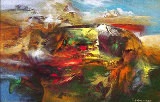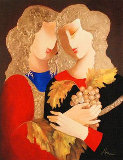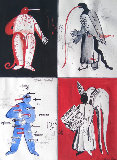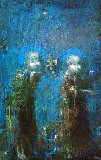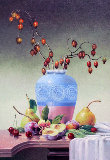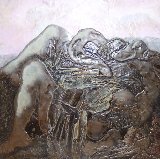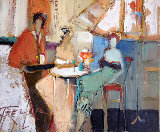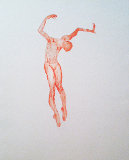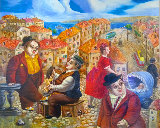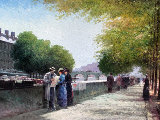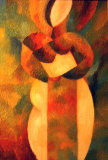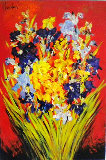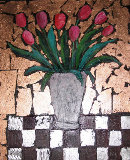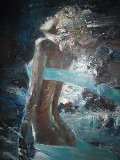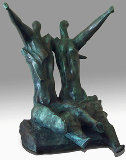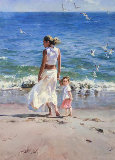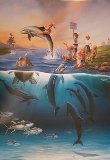




Double Hat 1977
John Wenger
Limited Edition Print : Lithograph on Paper
Size : 22.15x16.63 in | 56x42 cm
Edition : From the Edition of 7
Reduced
-
🔥Lithograph on Paper $$$$$$$
Year1977
Hand SignedLower Right in Pencil
Condition Mint
Not Framed
Purchased fromPublisher 1977
Provenance / HistoryTamarind Institute, Albuquerque, NM
Story / Additional InfoDark brown, on buff Arches paper, Tamarind number 77-136.
Certificate of AuthenticityArt Brokerage
LID134727
John Wenger - Russian Federation
Art Brokerage: John Wenger Russian-American Artist: b. 1887-1976. John Wenger was born on June 16, 1887 in Elizabethgrad, Russia. Wenger was born an artist, and at the age of three was painting (playing) with brushes and paint while his father, a local artist who painted scenery for the traveling theater, worked on drop scenes. His mother disapproved of this and tried to keep her son from playing with these "toys." When John Wenger was several years older, he attended Gihnazia, which is equivalent to high school but on a college level. Throughout his education Wenger excelled in visual arts. The staff at the Gihnazia school encouraged him to apply to the Imperial Art Academy of Odessa for a scholarship. At the age of thirteen, John Wenger became a student at the academy. For Wenger, this was his first time away from home and he found it to be difficult for several months. While in New York, Wenger found an interest in how music and theater connected to art. He rebelled against the heavy sets and hard lines of stage scenery of the time. One day he noticed light upon a mosquito netting on a baby carriage. As the light shifted across the gauze the baby became visible. He took this idea and developed skrim, a gauze-like drop used in theatrical stage design, a device for which Wenger became famous. John Wenger's first one man show was at the "Folsom Galleries" on 57th St., NY, in 1916. After this show, Wenger received wonderful reviews. A gentleman walked into the gallery on the last day of the show. His vast understanding of color and lighting led him to designing stage settings for the Metropolitan Opera Company, the Boston Opera Company, the Greenwich Village Theater, and the Capitol, Rivoli, Rialto, and Roxy Theaters. He also did settings for the Ziefeld Follies, for many of the Metropolitan Opera productions and for numerous ballets and plays. Among his most famous designs were his sets for Gershwin's "Funny Face" at the Alvin Theater in 1927 and "Rhapsody in Blue." He also designed the background for the 1929 movie "Paramount on Parade," in which Maurice Chevalier appeared. Listings wanted.

